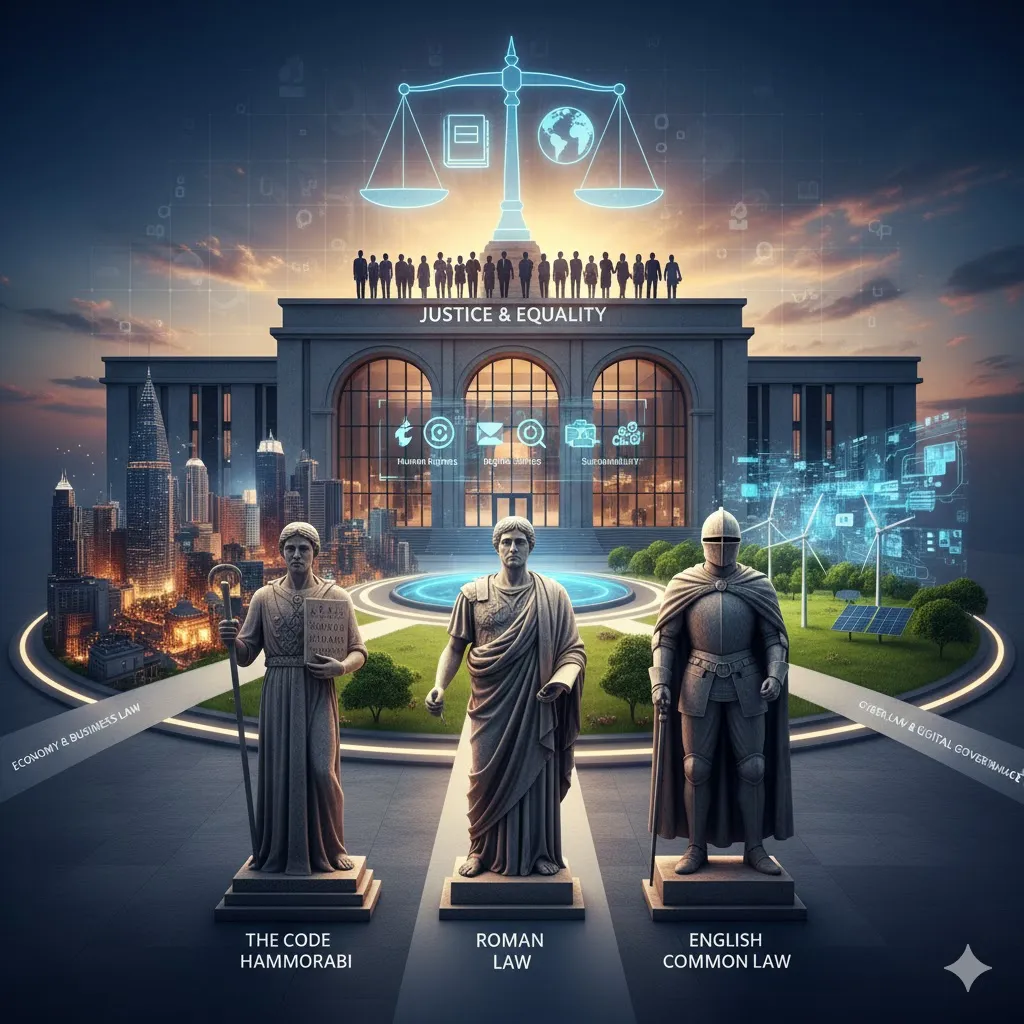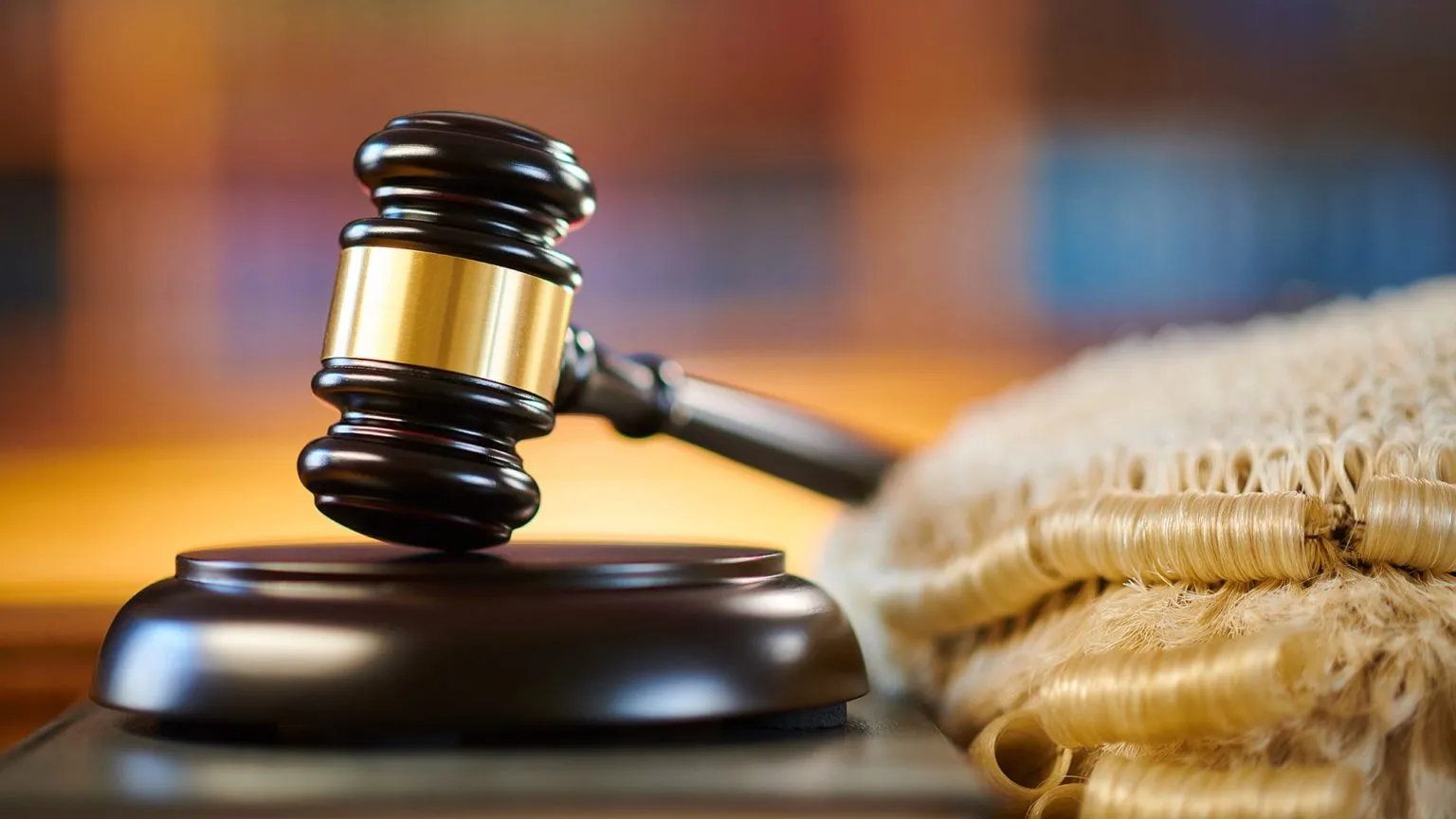Criminal Law: Understanding Crime, Justice, and Punishment in Modern Society
Introduction
The concept of law has always been a cornerstone of human civilization. Among all its branches, criminal law stands out as one of the most important because it protects individuals and societies from harm. It defines what actions are considered crimes and sets the corresponding punishments. Understanding criminal law is not just for lawyers or judges — it’s essential for every citizen who values justice, order, and safety in modern society.
1. The Origins of Criminal Law
Criminal law has existed since the earliest human societies. In ancient times, rules were based on customs and traditions, rather than written laws.
Early Legal Systems
The Code of Hammurabi (around 1754 BCE) is one of the oldest recorded legal systems. It established clear punishments for various crimes, emphasizing the principle of “an eye for an eye.” Ancient Greece and Rome later refined these ideas, creating more complex and organized legal structures.
Evolution Over Time
As societies grew, the criminal justice system evolved from personal revenge to organized state justice. Governments became responsible for punishing wrongdoers, ensuring fairness and consistency. This transformation marked the foundation of modern criminal law principles — justice, equality, and protection of society.
2. The Purpose of Criminal Law
Why does criminal law exist? The main goal is to protect society by preventing and punishing harmful acts.
Key Objectives
- Deterrence – discouraging individuals from committing crimes.
- Rehabilitation – helping offenders change their behavior.
- Retribution – ensuring justice through fair punishment.
- Protection – keeping dangerous individuals away from society.
Balancing Justice and Freedom
Modern criminal law aims to balance individual freedoms with community safety. It ensures that everyone — even those accused of crimes — is treated fairly under the law.
3. Types of Crimes
Crimes can be classified into different categories depending on their severity and nature.
Major Categories
- Felonies: Serious crimes like murder, rape, or robbery.
- Misdemeanors: Less serious offenses, such as petty theft or disorderly conduct.
- Infractions: Minor violations, including traffic offenses.
By Nature of the Act
- Crimes against persons – assault, homicide, kidnapping.
- Crimes against property – burglary, theft, vandalism.
- Crimes against the state – treason, terrorism.
- White-collar crimes – fraud, embezzlement, insider trading.
Understanding the classification of crimes helps courts determine the appropriate punishment and legal procedures.
4. The Principles of Criminal Liability
Not every wrongful act is a crime. To prove guilt, criminal law requires both a guilty act and a guilty mind.
Actus Reus and Mens Rea
- Actus Reus means the “guilty act” — the physical act of committing a crime.
- Mens Rea refers to the “guilty mind” — the intention or knowledge of wrongdoing.
Both elements must be proven beyond a reasonable doubt for someone to be convicted.
Exceptions
In some cases, strict liability offenses don’t require proof of intent. For example, selling alcohol to minors can be punished even if the seller didn’t know the buyer’s age.
5. The Criminal Justice Process
The criminal justice process ensures that every accused person receives fair treatment.
Main Stages
- Investigation – gathering evidence and identifying suspects.
- Arrest – law enforcement takes the suspect into custody.
- Prosecution – the government files charges.
- Trial – both sides present evidence before a judge or jury.
- Sentencing – if guilty, the judge determines the punishment.
Fair Trial and Due Process
The principle of due process guarantees that no person shall be deprived of life, liberty, or property without proper legal procedures. It protects against unfair treatment and wrongful convictions.
6. Punishment and Sentencing
Punishment is a central element of criminal law. It reflects society’s judgment about wrongdoing.
Forms of Punishment
- Fines – monetary penalties.
- Imprisonment – deprivation of liberty.
- Community service – contributing to society as restitution.
- Capital punishment – used in some countries for severe crimes like murder.
Sentencing Factors
Judges consider various factors such as the offender’s criminal history, the severity of the crime, and mitigating circumstances. The goal is to ensure proportionate punishment — fair and just consequences for the crime committed.
7. Rehabilitation and Criminal Reform
Modern societies are shifting from punishment to rehabilitation.
The Idea of Second Chances
Rehabilitation aims to help offenders reintegrate into society as productive citizens. Educational programs, therapy, and community support can reduce recidivism (reoffending).
Restorative Justice
An alternative approach is restorative justice, where offenders make amends directly to victims and communities. This method focuses on healing rather than punishment.
8. The Role of Lawyers and Judges
Lawyers and judges are essential players in the justice system.
Defense and Prosecution
- Defense lawyers protect the rights of the accused and ensure a fair trial.
- Prosecutors represent the state, presenting evidence to prove guilt.
The Role of Judges
Judges act as neutral arbiters. They interpret criminal law, ensure fair procedures, and impose appropriate sentences. Their integrity and impartiality are vital to maintaining public trust in the system.
9. Modern Challenges in Criminal Law
The world is changing, and so are the challenges facing criminal law.
Technology and Cybercrime
With the rise of the internet, new types of crimes have emerged — cybercrime, identity theft, and online fraud. Laws must constantly adapt to protect individuals and businesses in the digital age.
Social Inequality and Justice
Critics argue that criminal justice systems often reflect social inequalities. Issues like racial bias, wrongful convictions, and unequal access to legal representation remain major concerns in many countries.
10. The Future of Criminal Law
What lies ahead for criminal law? The future promises innovation and reform.
Technology and AI in Justice
Artificial intelligence and data analytics are being used to predict crime trends and assist in investigations. However, ethical concerns about privacy and fairness must be addressed.
Global Cooperation
Crimes such as terrorism, human trafficking, and money laundering cross borders. International cooperation and treaties will play a larger role in global justice.
Building a Fairer System
The ultimate goal of criminal law will always remain the same — to uphold justice, protect citizens, and maintain social order while respecting human rights and dignity.
Conclusion
The study of law, particularly criminal law, reveals much about the moral fabric of society. It reflects our collective values — what we consider right and wrong, fair and unjust. While punishment remains necessary, the focus is increasingly on rehabilitation, fairness, and the prevention of crime through education and opportunity. As the world evolves, so must our systems of justice. In understanding criminal law, we not only learn about legal rules but also about humanity’s enduring quest for justice and order.











